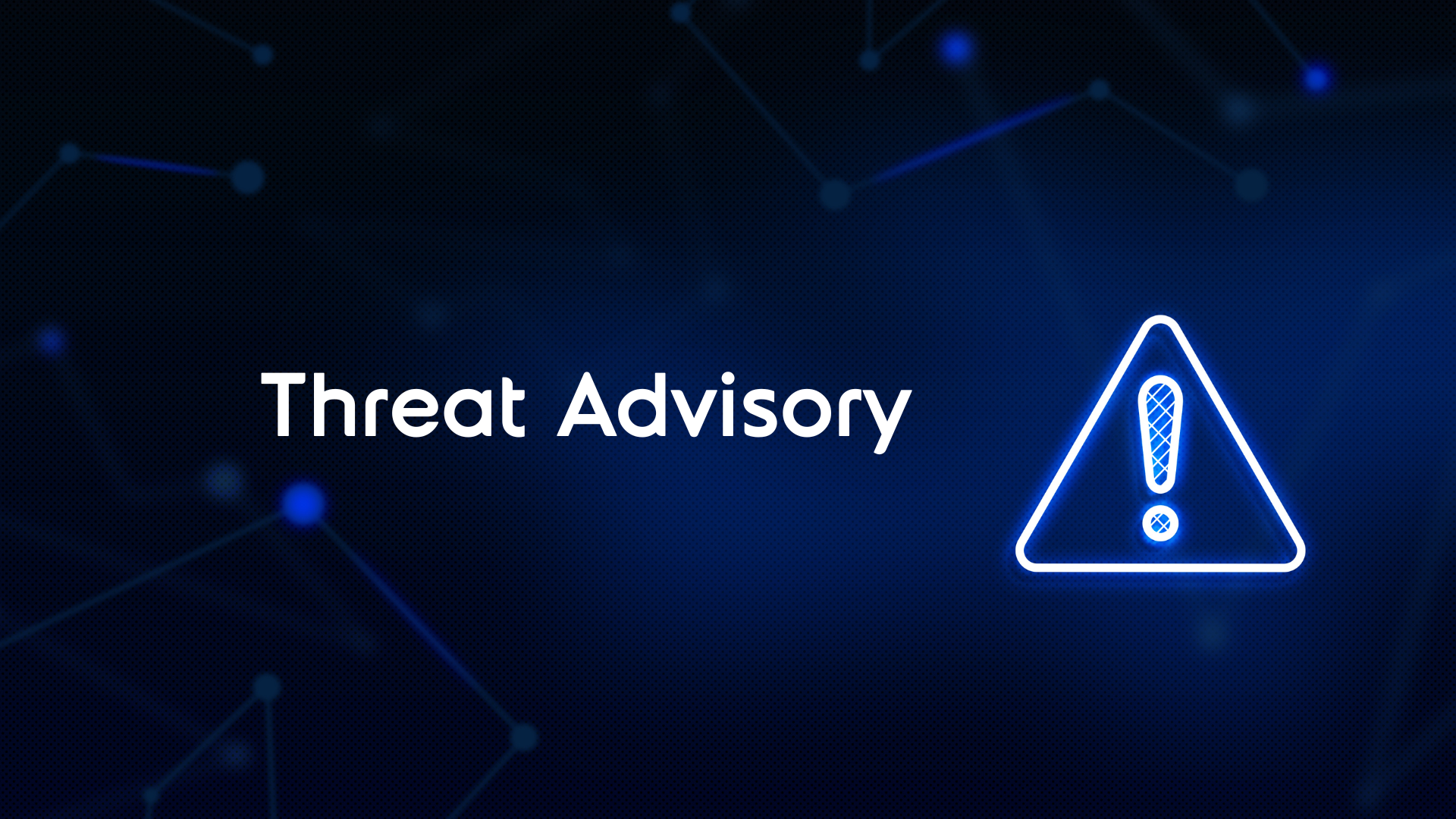
Managed IDS & IPS
Hackers can move laterally through a network and gain a foothold once they've slipped past perimeter defences.
Intrusion Detection Systems (IDS) and Intrusion Prevention Systems (IPS) work hand-in-hand to stop hackers by meeting the cyberthreat head on at the point of entry.
An IDS monitors traffic logs by looking at known signatures of cyberattacks. Because the IDS doesn't block by default, it raises an alarm and human intervention is required.
An IPS on the other hand analyses traffic for known signs of intrusion or suspicious packets. It may block these attempts depending on how its configured.

Next-Generation SIEM eBook
Our eBook explores next-generation Security Information and Event Management (SIEM) tools and the impact they’re having on companies’ cyber security strategies.
How It Works
Both the IDS and IPS can generate a large number of alerts and false-positives. Managed IDS and IPS services enable certified and experienced Integrity360 security analysts to finely tune these tools to ensure the systems know what to look for - and that legitimate traffic isn't being blocked.
Managed IDS and IPS service also takes on the responsibility of responding to these events, which isn't automatically guaranteed when the platforms are unmonitored. With quick intervention, organisations can quickly identify and potentially mitigate cyberthreats.
Talk To A Security Specialist
Benefits of Managed IDS & IPS
Managed IDS and IPS help businesses get the most out of mission-critical tools. In the process, organisations gain the ability to quickly intervene with cyberthreats and mitigate incidents at the point of entry.
- Continuous policy tuning
- Best-in-class security controls
- Scalable to fit any strategy
- 24x7x365 support
- Actionable insights from reporting
- Quick incident intervention
A quick note of thanks from me to the wider Integrity360 team for how you have responded in recent weeks. Very challenging times for everyone, but I am really pleased that Integrity360 have been in a position to respond positively and quickly in relation to it.




















